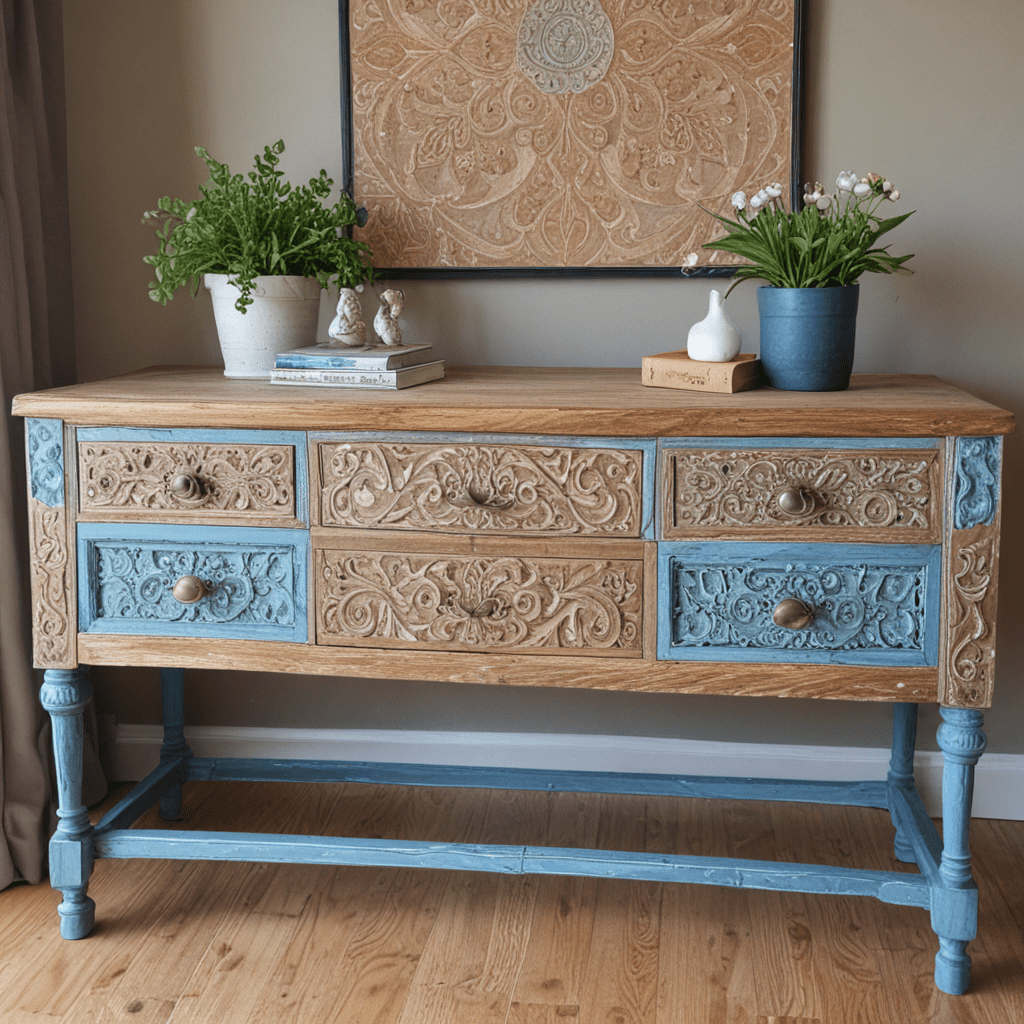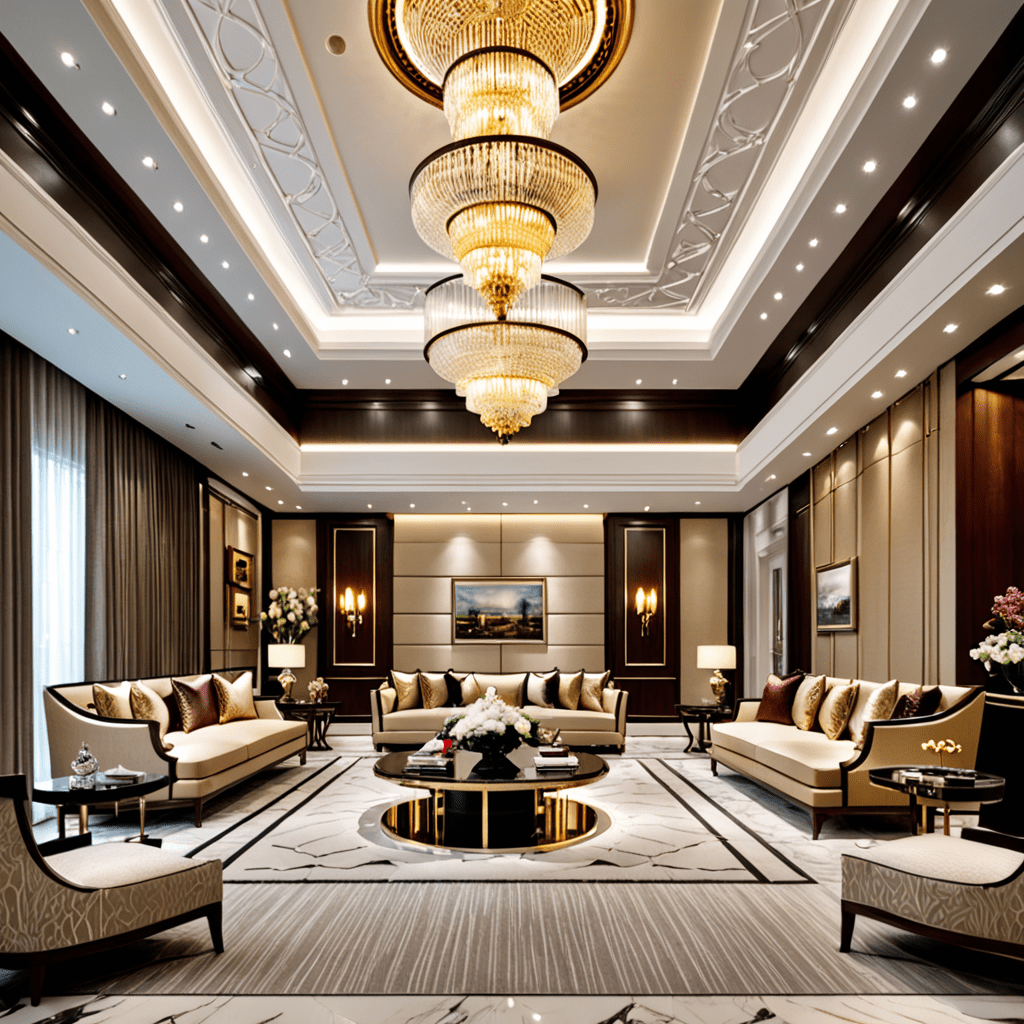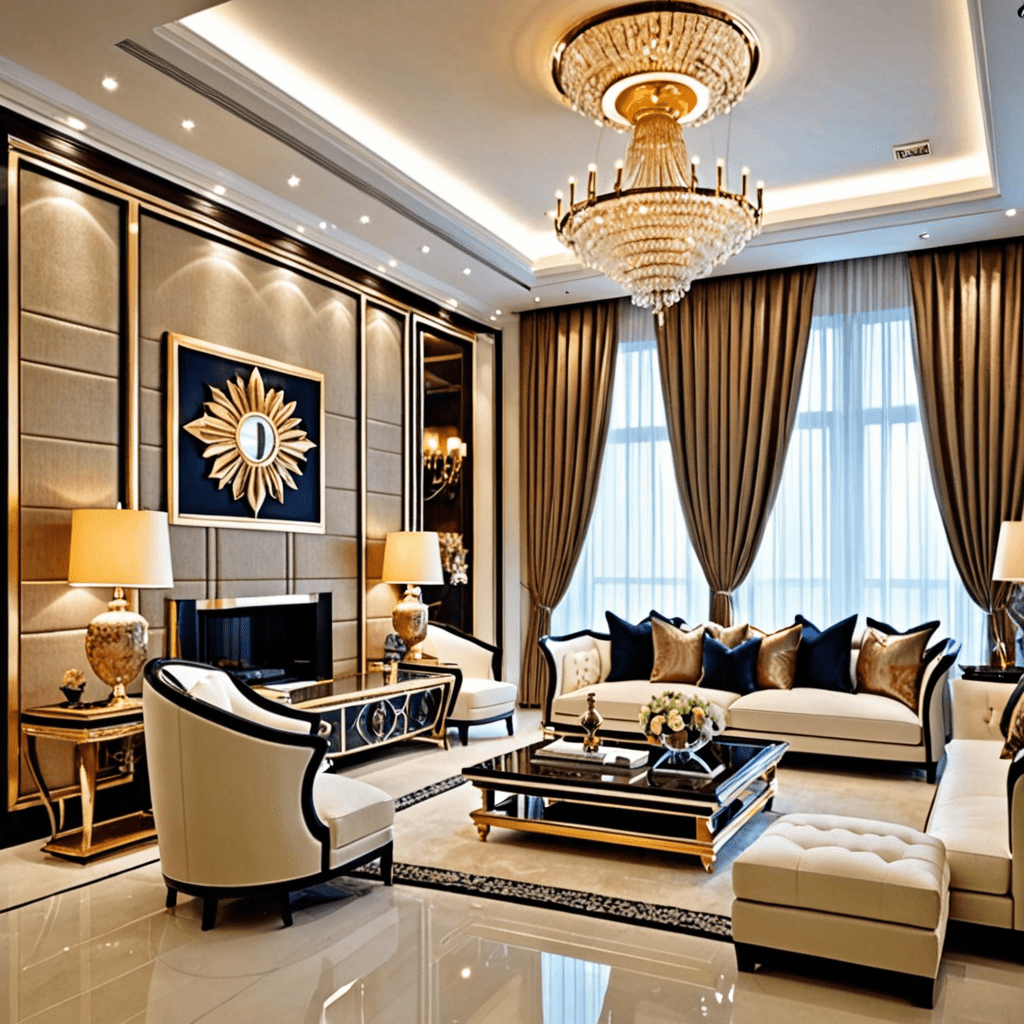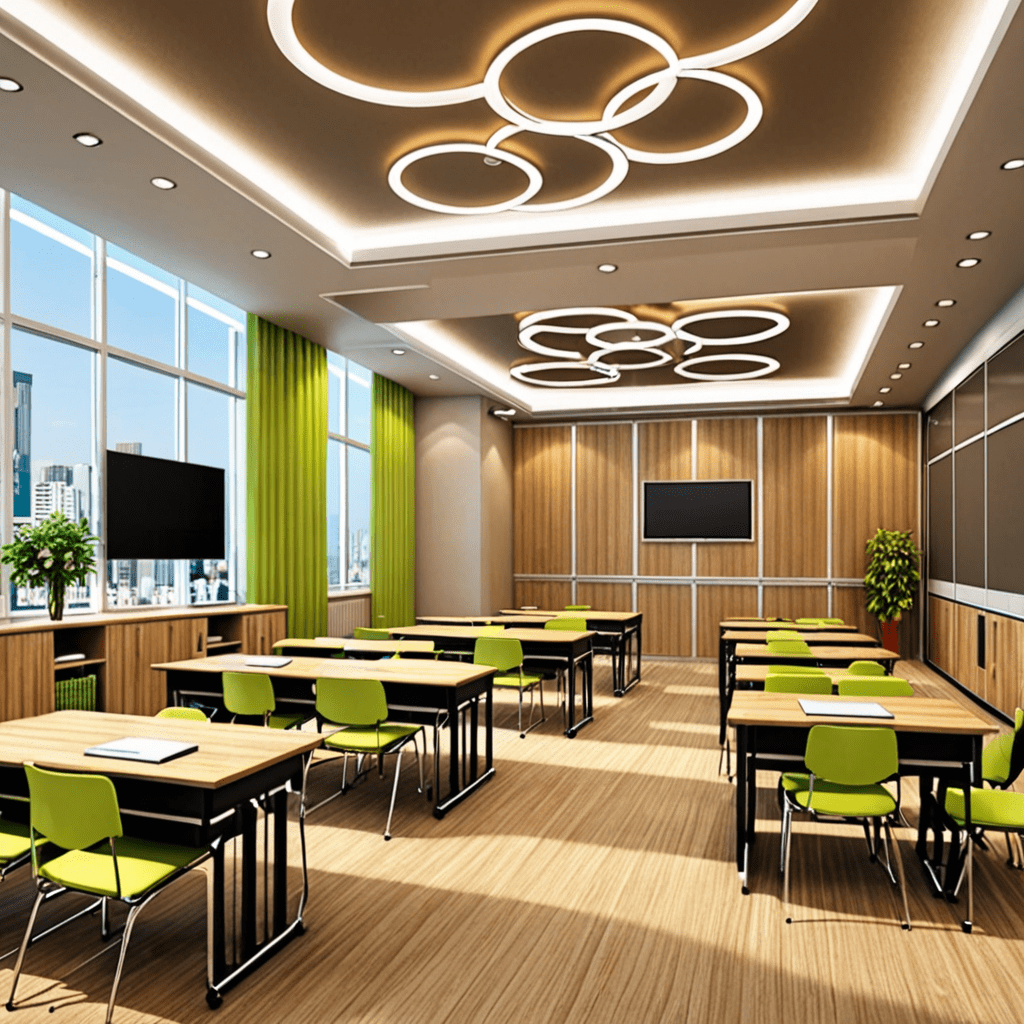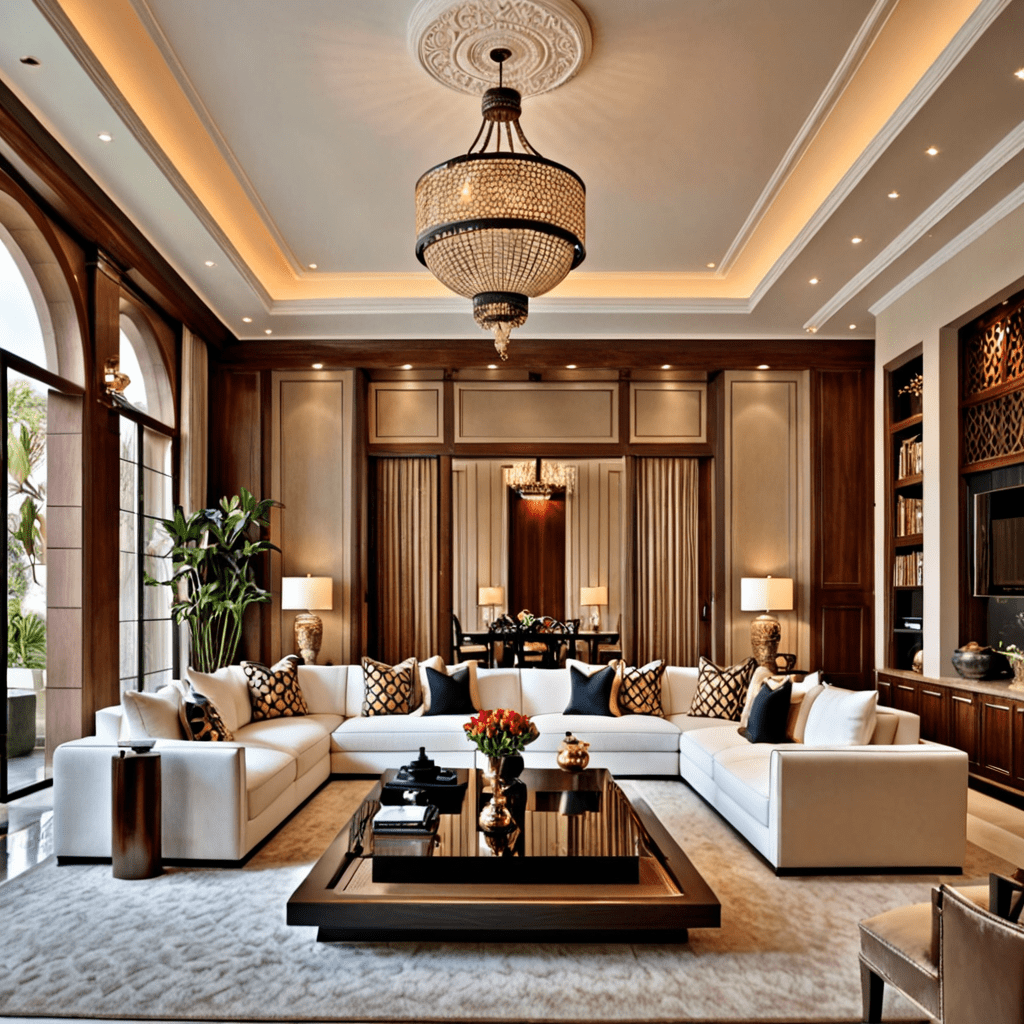How to Create a Retro-inspired Design


How to Create a Retro-inspired Design
Introduction
Imagine stepping into a home where each detail transports you to a bygone era, where the warmth of nostalgia meets contemporary living. That’s the allure of retro-inspired design, a style that borrows from the past to create comfortable, visually striking environments that stand the test of time. The beauty of interior design lies in its ability to not only reflect one’s personal tastes but also to evoke emotions and create an overall sense of harmony and well-being. In this exploration of retro-inspired design, we’ll delve into how you can infuse your space with the charm and character of the past, ensuring that every corner tells a story while staying on-trend and functional.
Key Elements of Retro-inspired Design
Retro-inspired interior design is a creative nod to the styles prevalent from the 1950s to the 1970s. Here are some of the key elements to consider when aiming for a retro look:
- Bold and Vibrant Color Palettes: The use of bold colors like avocado green, mustard yellow, and burnt orange can instantly evoke a retro ambiance. Combining these with neutral backgrounds makes for a dynamic color scheme that pops.
- Vintage Furniture: Look for furniture with peg legs, teak wood constructions, and sleek, geometric shapes that embody mid-century modern design—a subset of retro style.
- Funky Patterns and Textures: Geometric shapes, shag rugs, and velvet materials are iconic textures and patterns that help define a retro-inspired space.
Statement Lighting: From Sputnik chandeliers to lava lamps, lighting in retro decor isn’t just functional; it’s a part of the room’s art.
Accessories and Artwork: Retro accessories like rotary phones, vinyl records, and period artwork can serve as conversation pieces and complete the throwback feel.
Tips for Retro-inspired Design
Infusing a retro vibe into your home can be a fulfilling project. Here’s how to select furniture and decor items that work well with your space:
- Balance is Key:
- Ensure that the size and scale of your retro furniture fit comfortably in your room without overwhelming it. A large sectional may suit an open-plan living room, while a petite tulip table might be perfect for a cozy kitchen nook.
- Mix and Match:
- Pair retro items with contemporary pieces to keep the design fresh and avoid a time-capsule effect. A vintage coffee table can look surprisingly modern when surrounded by a minimalist sofa and sleek, contemporary wall art.
- Functionality Matters:
- While appearance is important, so is practicality. Opt for retro furniture that not only looks the part but also offers comfort and suits your lifestyle needs. Think about refurbished pieces with updated upholstery for a blend of old charm and new convenience.
- Focus on Statement Pieces:
- Choose one or two standout items, like an iconic Eames lounge chair or an Art Deco bar cart, and design the rest of the room around them. These centerpiece selections can anchor the space and set the tone for the retro theme.
- Layer the Lighting:
- Incorporate a variety of light sources to give the room depth. Table lamps with ceramic or wood bases, floor lamps with arched arms, and pendant lights with colored glass can all contribute to a layered, retro-inspired lighting plan.
FAQ about Retro-inspired Design
Question 1: How do I blend modern amenities with retro design?
– Answer: Incorporating modern amenities without compromising the retro feel requires integrating them seamlessly. For example, hide modern speakers in vintage cabinets or choose appliances with a retro look and modern functionality. This harmonizes modern needs with vintage aesthetics.
Question 2: Can retro design work in small spaces?
– Answer: Absolutely. Select furniture with raised legs to create a sense of openness, use mirrors to reflect light and create the illusion of more space, and opt for multifunctional vintage pieces like nesting tables or a mid-century credenza that provides storage and style.
Question 3: What’s the best way to source authentic retro pieces?
– Answer: Scout for retro treasures at thrift stores, estate sales, online marketplaces, and specialized vintage shops. Look for well-made pieces with a bit of history, and if necessary, don’t shy away from reupholstering or refinishing to bring an old find back to life.
Question 4: How can I prevent my retro-inspired design from looking outdated?
– Answer: To keep your retro design timeless, mix it with contemporary trends, such as adding modern art or incorporating current color trends with retro furniture. It’s all about blending eras in a way that feels intentional and sophisticated.
Question 5: What are some current trends in retro design?
– Answer: Presently, there’s a resurgence of interest in 70s-inspired decor with a modern twist. Think velvet sofas in jewel tones, terrazzo flooring, and rattan furniture. The key is infusing these vintage trends with contemporary design principles for a look that is both nostalgic and of-the-moment.
Retro-inspired design is more than a style; it’s a statement that elevates interiors with its timeless charm and character. By blending the past with the present, you can create a space that’s both functional and evocative. Keep in mind that the best design is one that resonates with you personally. So, whether you’re a seasoned collector of vintage finds or a newcomer to the retro scene, embrace the process of curating a space that reflects your unique style and the enduring appeal of retro-inspired design.

